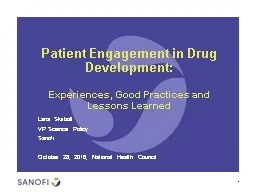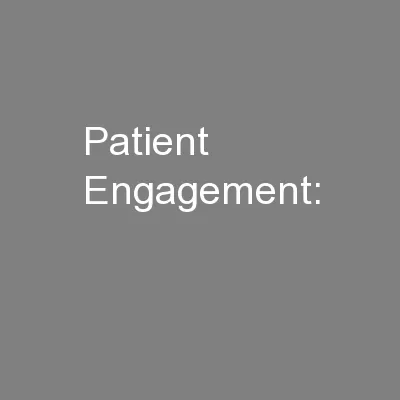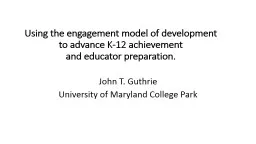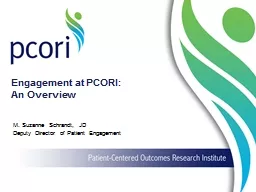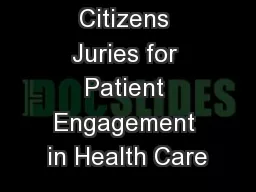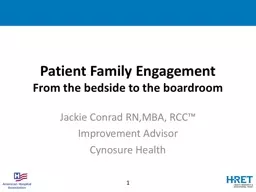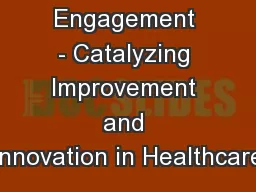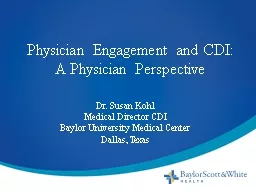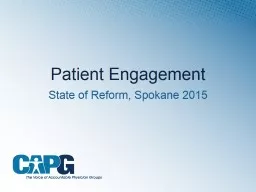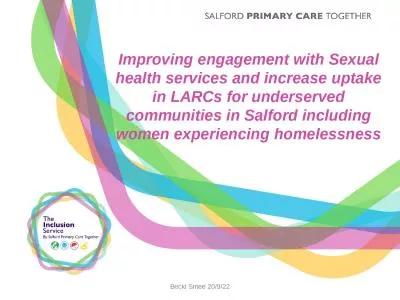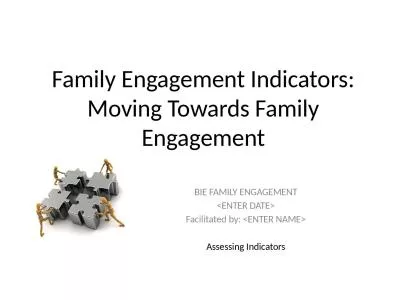PPT-Patient Engagement in Drug Development
Author : debby-jeon | Published Date : 2018-11-21
Experiences Good Practices and Lessons Learned Lana Skirboll VP Science Policy Sanofi October 28 2016 National Health Council 1 Some of the real and potential uses
Presentation Embed Code
Download Presentation
Download Presentation The PPT/PDF document "Patient Engagement in Drug Development" is the property of its rightful owner. Permission is granted to download and print the materials on this website for personal, non-commercial use only, and to display it on your personal computer provided you do not modify the materials and that you retain all copyright notices contained in the materials. By downloading content from our website, you accept the terms of this agreement.
Patient Engagement in Drug Development: Transcript
Download Rules Of Document
"Patient Engagement in Drug Development"The content belongs to its owner. You may download and print it for personal use, without modification, and keep all copyright notices. By downloading, you agree to these terms.
Related Documents

